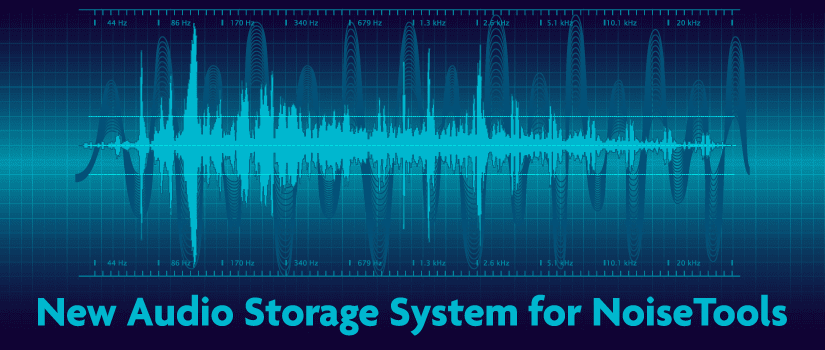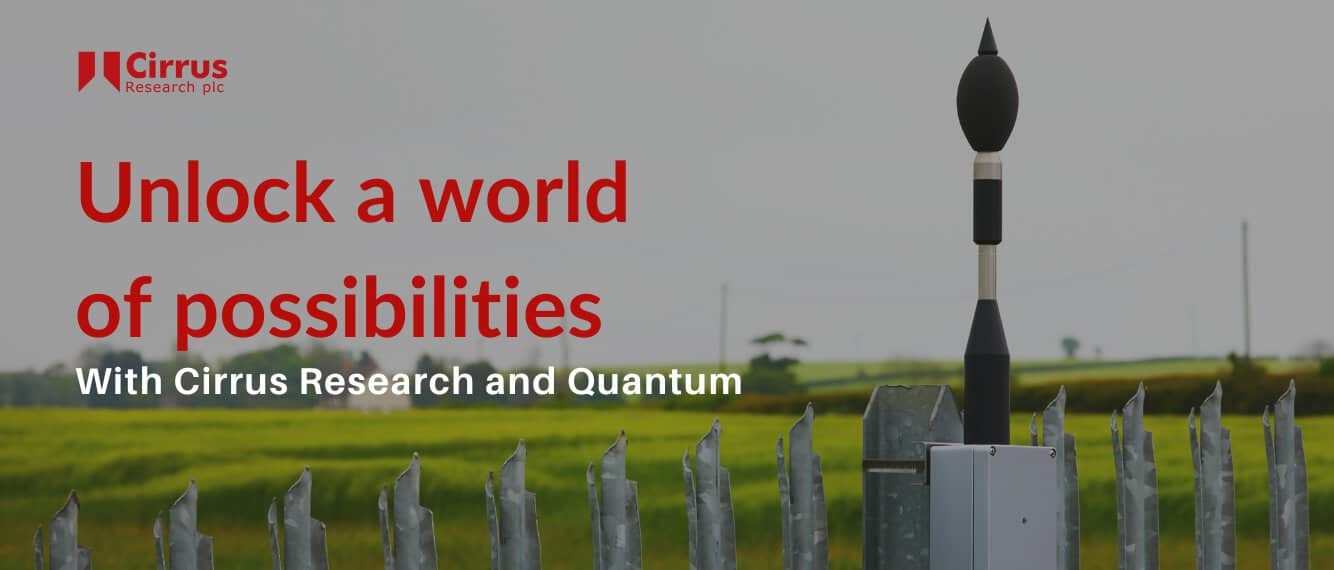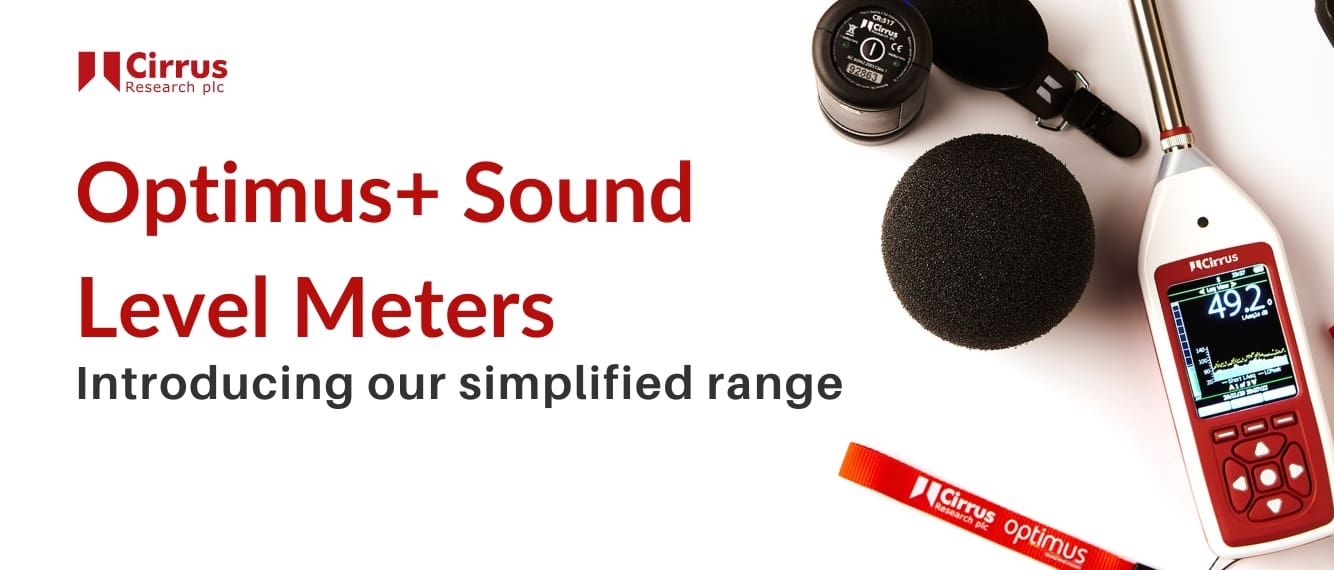The new version of the Cirrus NoiseTools software, version .1.7.1, provides a new system for the storage and management of audio recordings.
In previous version of NoiseTools, audio recordings were stored as individual .WAV files in a folder. For many users this system works perfectly, especially if there are only a few recordings being stored.
However, for users who are generating a large number of audio recordings, for example users of the Optimus Green sound level meters or the Trojan Noise Nuisance Recorders, this can lead to hundreds of individual .WAV files being stored, taking up a lot of disk space and making management, backup or archiving complex and time consuming.
In NoiseTools 1.7.1, we’ve introduced the new audio storage system that simplifies this process.
Users now have the option (the previous storage method can still be used) to use the new .crntda file to store their audio recordings.
This is a single file that contains the individual audio recordings, very similar to the way that a ZIP file stores files. Each individual audio recording is still stored as an uncompressed .WAV inside the .crntda container but the overall size can be 40% less.
Each .crntda file is associated with a .crntd database file so to backup or move an entire database and audio recordings only needs two files to be moved. Each time a new database is made, a new .crnta audio store is created which is stored alongside the database.
When NoiseTools 1.7.1 is installed, users have the option to convert any existing databases to use the new audio storage system or to continue with the previous method.
For more details of the new audio storage system and converting existing measurements and recordings, please see this article on our support site.
If you need any more information or assistance, please contact us and we will be delighted to help.



